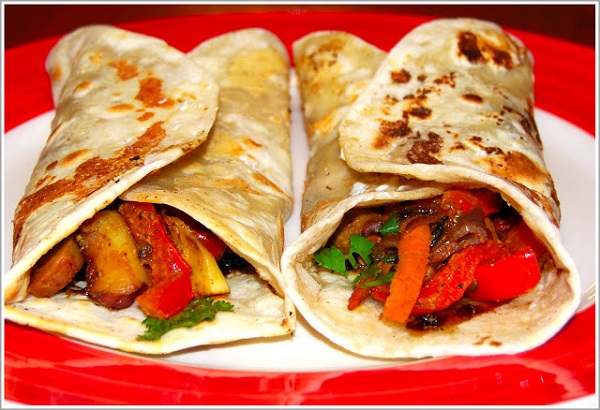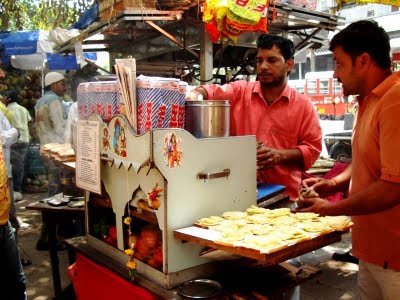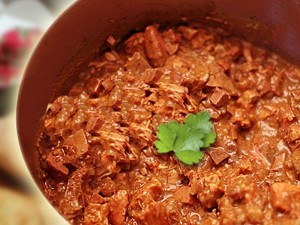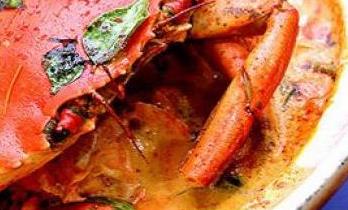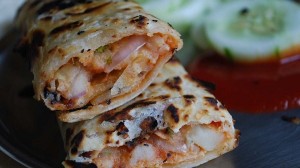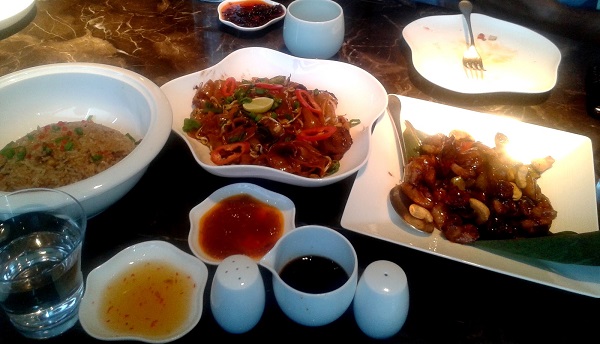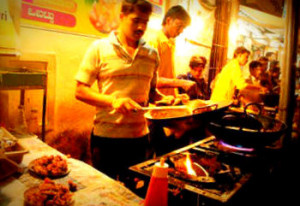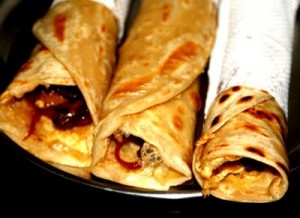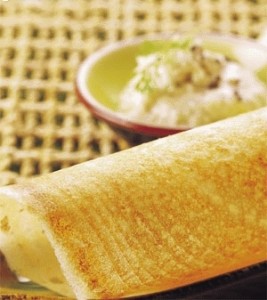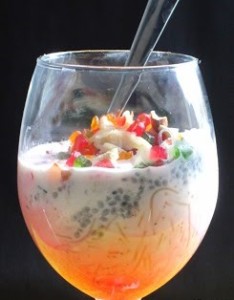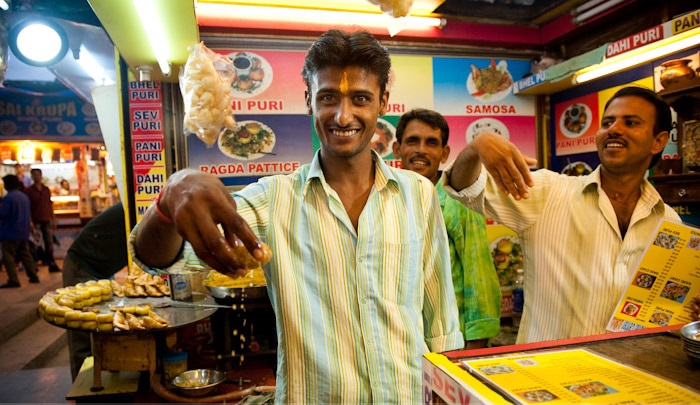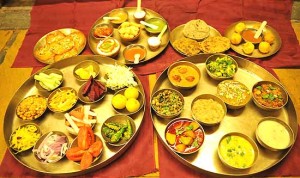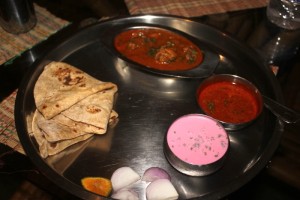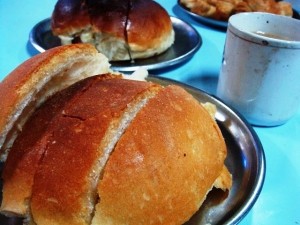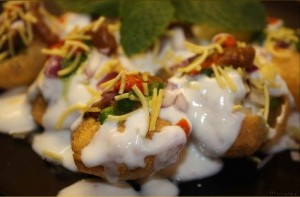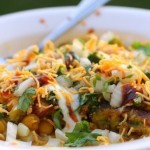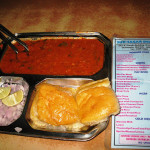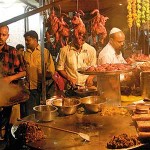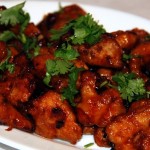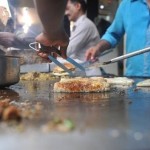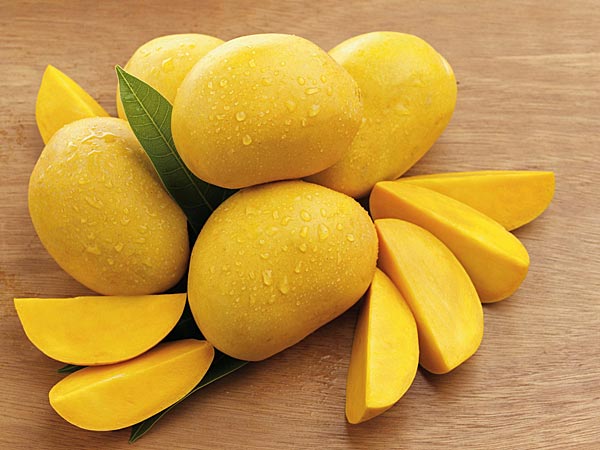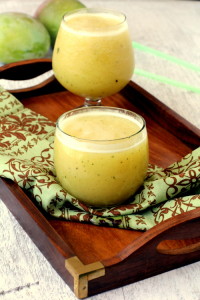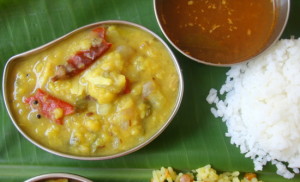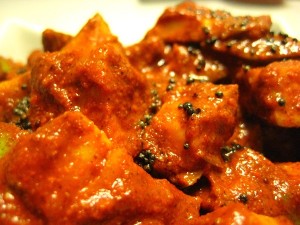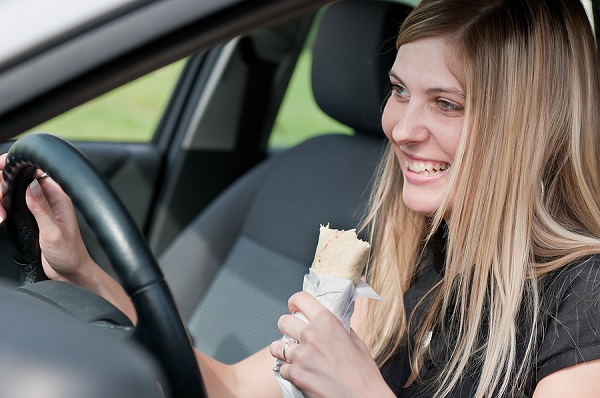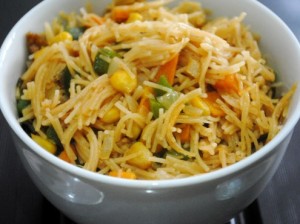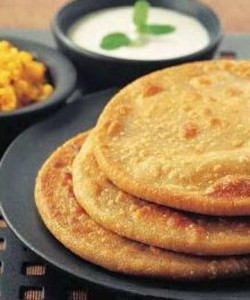Everybody, apparently. But do you know what you need to eat and drink in order to get the optimum amount?
 by Anurita Gupta
by Anurita Gupta
Amongst all things ‘anti’ that are trending today, the one that wins the race hands down is ‘anti’-oxidant!
While driving back from a teenybopper flick recently and watching 14-somethings have green tea in order to fit in to their party dresses, I figured, antioxidants are simply the rage with not just the 50-plus health conscious lot, but also youngsters! So, what’s really the antioxidant story?
What are antioxidants?
The dictionary defines ‘antioxidants’ as ‘a substance that inhibits oxidation, that removes potentially damaging oxidising agents in a living organism.’
Dr Mark Pereira, renowned Mumbai-based cardiologist explains, “In layman’s terms, an antioxidant is that category of food that we consume in order to neutralise the harmful effect of free radicals in our body that is a byproduct of the oxygen we breathe. They are known as ‘super foods’ because, if consumed regularly along with a daily routine of exercise, they ensure the running of a healthy heart.”
No wonder then, my office pantry has now introduced ‘Green tea’ as an option to coffee and chai as well. I am sure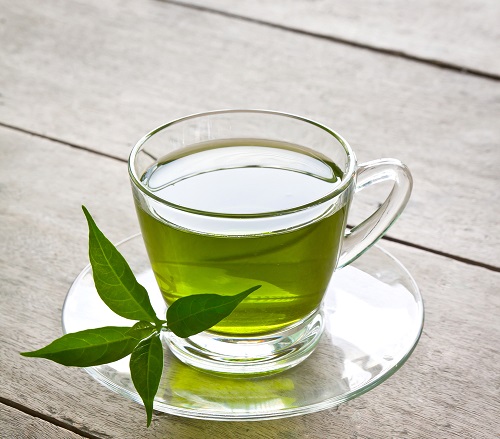 you agree that antioxidants have become a style statement. But do we really understand what an antioxidant does, or are we simply complying with what everybody else thinks, ie looking good = green tea?
you agree that antioxidants have become a style statement. But do we really understand what an antioxidant does, or are we simply complying with what everybody else thinks, ie looking good = green tea?
The secret to health is and has always been ‘balance’. Take for instance, your car. You put in the best fuel available in the market in order to ensure great mileage. However, over a period of time this same fuel clogs up the fuel injectors. Which is where, the hero ‘octane booster’ jumps in to minimise fumes. Now if you keep feeding your car with just boosters and no fuel it will certainly not run. The same applies to our body.
Dr Loveleena Nadir, famous gynaecologist at Fortis le’ Femme, Delhi who works extensively on the health and nutrition of her patients explains, “Having a balanced diet is the key to 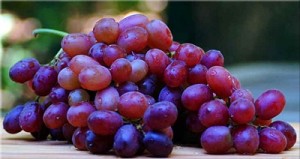 long lasting health. It serves as the main fuel while antioxidants are the super efficient fuel boosters that unclog the engine of our body, thereby benefitting it extensively. They are present in fruit and vegetables of various colours. For instance, purple foods like grapes are rich in an antioxidant called resveratrol that works on our body exactly like exercise and promotes healthy insulin levels. So, one should enjoy a glass of red wine every now and then while managing a good exercise routine.”
long lasting health. It serves as the main fuel while antioxidants are the super efficient fuel boosters that unclog the engine of our body, thereby benefitting it extensively. They are present in fruit and vegetables of various colours. For instance, purple foods like grapes are rich in an antioxidant called resveratrol that works on our body exactly like exercise and promotes healthy insulin levels. So, one should enjoy a glass of red wine every now and then while managing a good exercise routine.”
According to Dr Nadir, the ‘5 plates, 5 colours’ mantra works brilliantly. This pretty much means that if we take 5 to 7 servings (about 150 grams) of fresh fruit of 5 different colours then we would have had our ideal dose of antioxidants.
Get your dose of antioxidants now
– Did you know that if you have a cup of tomato juice it can actually be the best sunblock ever? The lycopene available in tomato shields the skin from the sun by almost 35 per cent. So that’s one more excuse to have that (virgin) Bloody Mary.
– Berries and dark chocolate are rich in another family of antioxidants called polyphenol flavonoids, that heighten memory and concentration, increase blood flow and give higher immunity – but you have to watch out for the high sugar content of sugar in them.
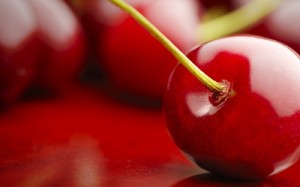 – If you want a healthy heart with less chances of stroke, then you must adhere to the saying, ‘an apple a day keeps the doctor away’. This is because red-coloured fruit such as apples, decrease clot formation in our body.
– If you want a healthy heart with less chances of stroke, then you must adhere to the saying, ‘an apple a day keeps the doctor away’. This is because red-coloured fruit such as apples, decrease clot formation in our body.
– Similarly, yellow-orange range of fruit and vegetables helps fight against cancer of all kinds. Go ahead, indulge in some yummy pumpkin-carrot soup. Also zero in on the most commonly-known antioxidant, Vitamin C, which is available in orange, lemons, papayas and yellow bell peppers.
– Yellow green-hued vegetables like spinach, mustard, green peas have caretenoids that can make the hair and eyes shine.
– Greens like broccoli, sprouts and cabbage are good for liver and decrease incidence of colon-related issues. 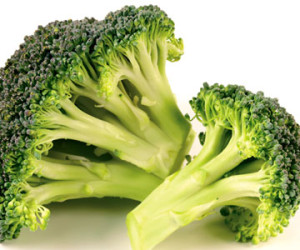
So use this information to load your shopping basket with all the right things now on. If you’re still wondering why antioxidants have become fashionable, then here’s something to think about: our body is otherwise pretty well armed to fight pesky free radicals, but its optimum functioning is compromised when we pick up that tin of instant or preserved food from the stores or order in a pizza for dinner. The body also suffers from daily office work, traffic snarls, less than seven hours of sleep and our couch potato lifestyles.
(Pictures courtesy blog.medi-share.org, thenailartandbeautydiaries.wordpress.com, www.burnthillsny.com, jootix.com, www.worldcommunitycookbook.org)
